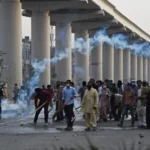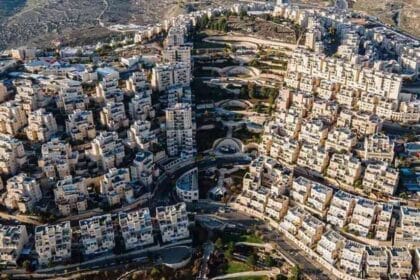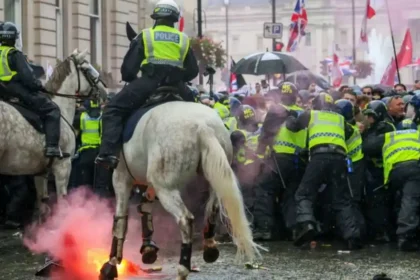Kathmandu. Nepal witnessed one of its most dramatic uprisings as the Nepal Gen Z Revolution unfolded over 48 hours. The leaderless movement shocked the political system and toppled the government. At least 74 people were killed and more than 2100 injured during violent clashes. Key state institutions including parliament. the Supreme Court and Singha Durbar were set on fire. Over 300 government offices were damaged across the country.
The uprising was not led by any single figure. Protesters used online platforms like Discord to coordinate. Thousands of anonymous voices debated and voted on the way forward. In a symbolic move former Chief Justice Sushila Karki was chosen as interim prime minister by a digital vote.
Observers say the Nepal Gen Z Revolution broke the century long cycle where charismatic leaders betrayed movements. By rejecting a central figure the youth showed that power could lie in the collective.
The violence however carried a heavy cost. Nepal suffered an estimated 21 billion dollars in damages with public infrastructure losses nearing half of the country’s GDP. Media outlets also came under attack. including the burning of Kantipur Media House.
Analysts warn this was not a sudden outburst but the result of decades of frustration with corruption and failed leadership. Past revolutions replaced regimes but repeated the same systems of patronage and betrayal. This time protesters vow not to allow the cycle to return.
With a new interim government now in place Nepalis face a challenge. Will power once again be outsourced to elites or will it remain with the people. The lesson of September 8 and 9 remains clear. Accountability must stay at the center of Nepal’s democracy. The people must remain awake and vigilant.














